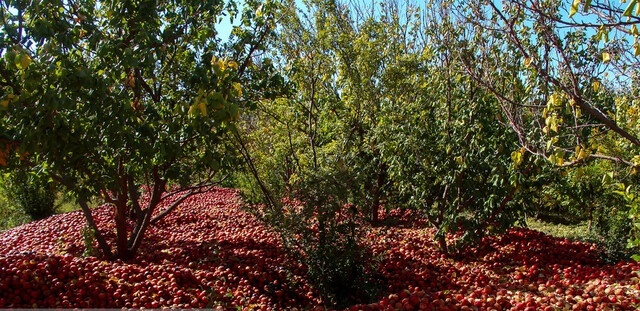SAEDNEWS: Saveh is one of the ancient cities and fortresses of the Medes. Historical sources after Islam often refer to it as Jibal, Kuhestan, or Iraq-e Ajam. Ibn Hawqal describes it as: "Saveh, 30 farsakhs from Hamadan, is very clean and well-kept, like the cities of Iraq."

According to the Tourism Service of Saed News, citing Fararu, Saveh County boasts over 400 historical sites, of which 130 have been officially registered on Iran’s National Heritage List.
With its sheer number and diversity of historical monuments, Saveh ranks first in Markazi Province. The county is essentially a collection of historic buildings, mounds, and archaeological sites. Its long-standing historical and cultural background indicates that Saveh is considered the oldest and most historically significant city in the province.
The name Saveh literally means “small gold,” reflecting its value and antiquity as one of Iran’s ancient cities.

Saveh is recognized as a city with ancient forts and settlements. Historical records and Islamic-era geography books frequently refer to it under names such as “Jibal” (mountains) or “Iraq-i Ajam.” In his book Surat al-Ard, the geographer Ibn Hawqal describes Saveh as:
"A city located 30 farsakhs from Hamadan, very clean and prosperous, situated along the Iraq route."
In 617 AH, the Mongols plundered Saveh and burned its major library, which also contained astronomical instruments. Later, Khwaja Zahir al-Din Ali ibn Malik Sharaf al-Din Savuji and his son completed the city’s walls and fortifications in the 8th century AH.
Saveh encompasses three fertile plains:
The Central Plain with a semi-tropical climate
Luein Plain with a temperate climate
Bayat Plain with a cold, mountainous climate
This climatic diversity allows for a variety of agricultural products and makes its villages attractive destinations for tourists and travelers.

According to a cultural heritage expert in Saveh, the county’s location along key transport corridors connecting north to central, west, and south Iran enhances its tourism potential. Saveh is also an industrial and agricultural hub, famously known as the “Pomegranate Capital of Iran.”
Many of Saveh’s villages are rich in historical sites and scenic landscapes, making them ideal tourist destinations. The unique climate and mountainous areas of these villages, located just 25–30 kilometers from the city center, create noticeable temperature changes and a refreshing environment for visitors.
Villages along the foothills of Saveh, particularly on the route to Yolagh Village, are known for their pleasant weather and recreational appeal. These villages offer a mix of natural beauty and seasonal variation, making them attractive for both summer and winter tourism.

Some villages also hold historical significance. For instance, Bagh Sheikh Village is renowned for its collection of historical monuments, including the Abdolghaffar Khan Caravanserai, which is one of Iran’s most important caravanserais and is recently inscribed on the UNESCO World Heritage List.
The caravanserai, dating back to the Qajar period, covers approximately 4,800 square meters and is one of Iran’s most complete caravanserais in terms of architectural design, decoration, proportions, and spatial arrangement. It includes a water reservoir, a Hosseinieh, and a mihrab. Registered nationally in 1975, it gained UNESCO recognition in September 2023.
The historic layout of Bagh Sheikh Village adds to the charm, allowing visitors to walk through streets that evoke the beauty of traditional Iranian architecture.
Saveh’s Chomran Village is the birthplace of Martyr Dr. Mostafa Chamran, drawing significant attention from visitors. Nearby heritage sites include the Kalbali Khan Khalaj Castle, historic mounds, water reservoirs, and Chamran’s ancestral home. The castle features woodwork similar to the Boroujerdi House in Kashan.
Other villages, such as Balaqlu, Kahak, Sangestan, Khalife Kandi, and more, offer natural attractions including flowing streams, qanats, and rivers, making them ideal for ecotourism and leisure trips.

A newly established eco-lodge in Mar Village allows tourists to stay locally while exploring the village’s attractions, enhancing Saveh’s appeal for sustainable and immersive tourism experiences.
Saveh’s status as a hub for pomegranates, melons, pistachios, and other agricultural products supports agritourism. Visitors often travel to Saveh to explore its orchards, presenting opportunities for tourism that combines agriculture, health, and local culture. Strengthening tourism infrastructure—restaurants, traditional tea houses, handicrafts, and dairy products—further enriches the visitor experience.
With its rich history, natural beauty, and agricultural significance, Saveh is a must-visit destination for travelers, especially during Nowruz and other holidays. The region’s historic villages and unique cultural heritage offer a glimpse into Iran’s past while providing modern leisure opportunities.

